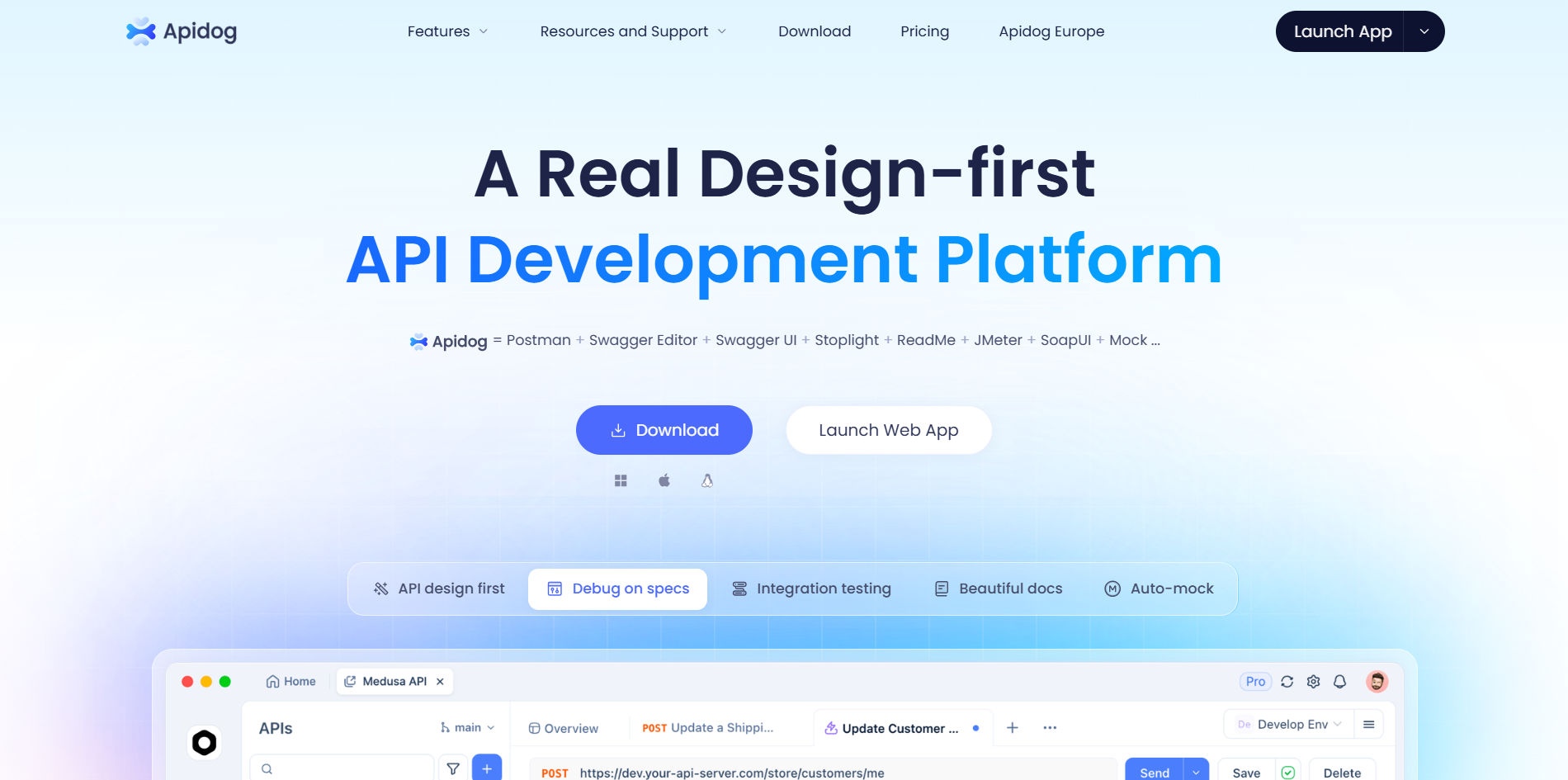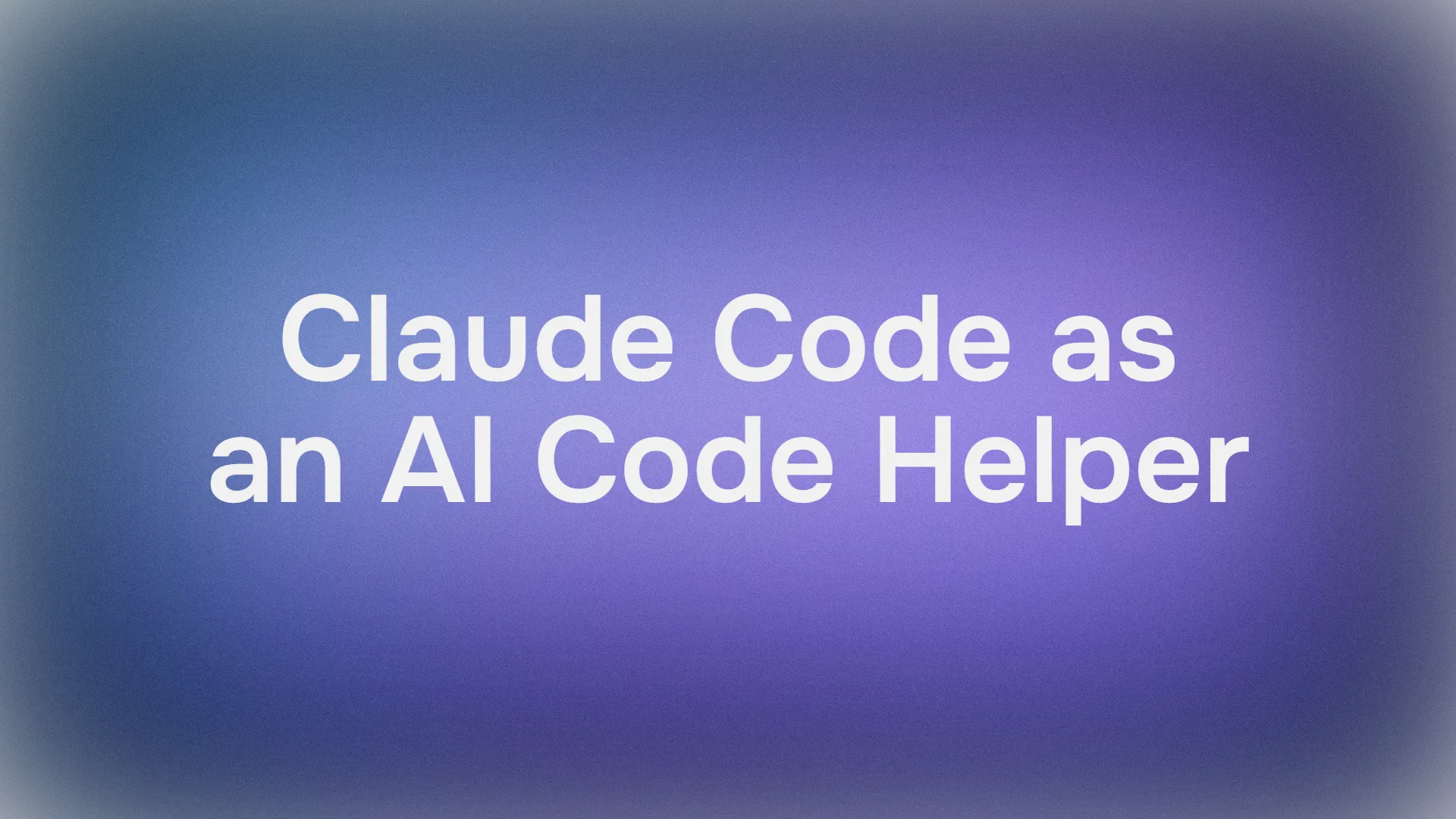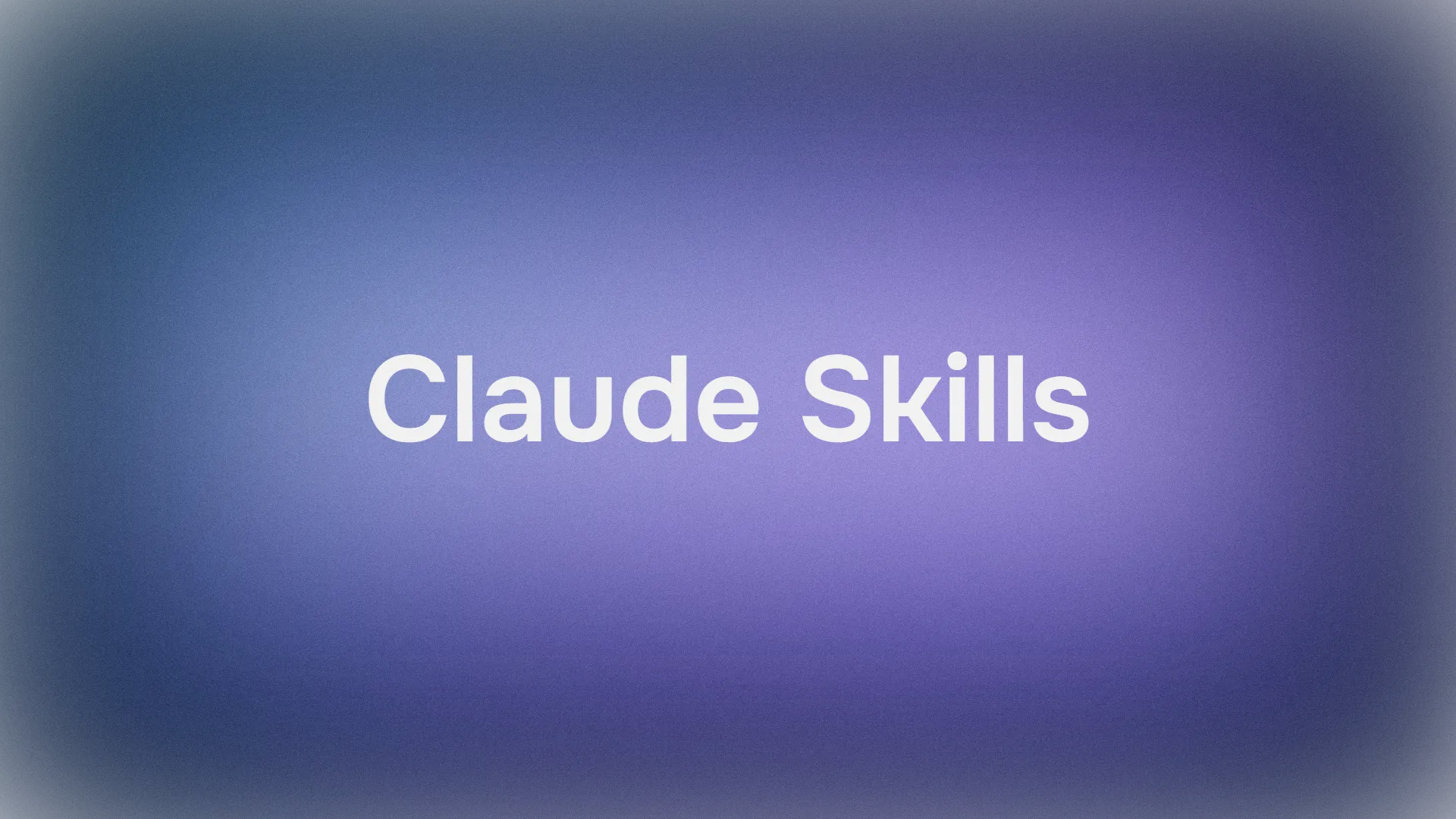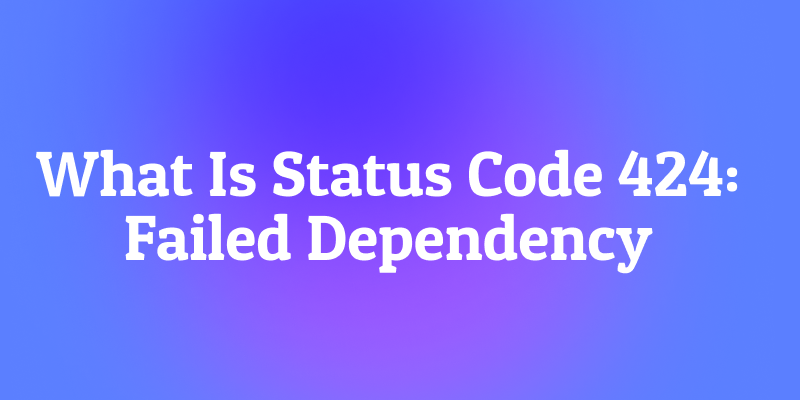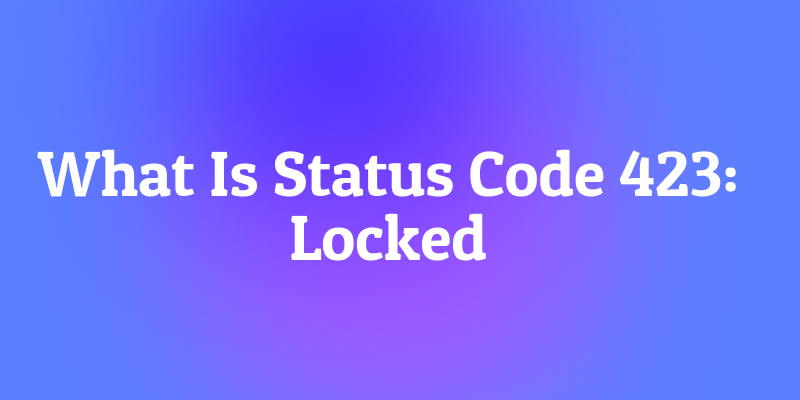Having a reliable AI code helper can transform challenging tasks into manageable steps. Claude Code, Anthropic's innovative terminal-based coding assistant, stands out as a versatile AI code helper that supports developers and engineers across various languages and use cases. Whether you're crafting web interfaces in HTML and JavaScript, building robust backends with Java or Python, or tackling complex engineering simulations, Claude Code provides contextual guidance, code suggestions, and iterative refinements. This tool, powered by advanced models like Sonnet 4.5 and Opus, integrates seamlessly into your workflow, offering explanations alongside outputs to foster deeper understanding. As we approach the end of 2025, leveraging Claude Code as an AI code helper becomes increasingly valuable for professionals streamlining prototyping and problem-solving. In this guide, we'll explore its capabilities with practical examples, showing how it adapts to the needs of developers and engineers—from frontend layouts to backend optimizations.
Want an integrated, All-in-One platform for your Developer Team to work together with maximum productivity?
Apidog delivers all your demands, and replaces Postman at a much more affordable price!
What Makes Claude Code a Powerful AI Code Helper?
Claude Code operates as an interactive agent in your terminal, allowing you to converse with it about code in natural language while it accesses your project files. As an AI code helper, it excels at generating snippets, debugging issues, and refactoring logic, all while maintaining awareness of your codebase. Unlike static tools, it reasons through prompts, suggesting improvements based on best practices for the specified language.
For web developers, it handles HTML structure and JavaScript interactivity with precision. Backend engineers benefit from its proficiency in Java's object-oriented paradigms or Python's data manipulation libraries. This adaptability stems from its large context window, supporting up to 200,000 tokens, which keeps long conversations coherent. Setup is simple: Install via npm (npm install -g @anthropic-ai/claude-code), launch with claude in your project folder, and begin prompting. With free access for basic use and affordable pro tiers, it's accessible for solo developers and engineering teams.
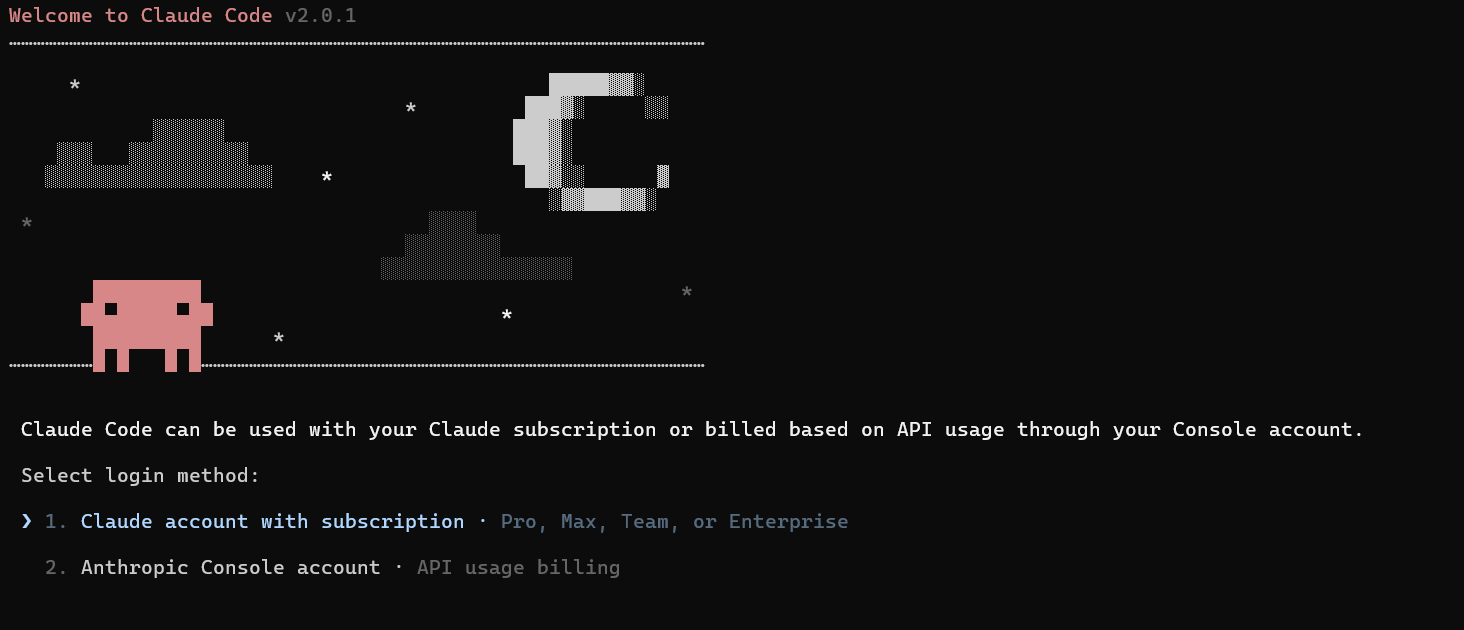
Formatting and Generating HTML with Claude Code
When working with HTML, Claude Code serves as an effective AI code helper by organizing markup, suggesting semantic elements, and ensuring accessibility. Imagine you're building a simple landing page but struggling with nested divs and inline styles.
A sample prompt for a developer designing a dashboard interface: "Generate an HTML template for a data dashboard with a header, sidebar navigation, and main content grid. Include placeholders for charts and ensure it's responsive."
Claude Code might respond with:
<!DOCTYPE html>
<html lang="en">
<head>
<meta charset="UTF-8">
<meta name="viewport" content="width=device-width, initial-scale=1.0">
<title>Dashboard</title>
<style>
body { font-family: Arial, sans-serif; margin: 0; display: flex; height: 100vh; }
header { background: #f4f4f4; padding: 10px; text-align: center; }
nav { width: 200px; background: #ddd; padding: 10px; }
main { flex: 1; padding: 20px; overflow-y: auto; }
.grid { display: grid; grid-template-columns: repeat(auto-fit, minmax(300px, 1fr)); gap: 20px; }
</style>
</head>
<body>
<header>
<h1>Analytics Dashboard</h1>
</header>
<nav>
<ul>
<li><a href="#overview">Overview</a></li>
<li><a href="#metrics">Metrics</a></li>
<li><a href="#reports">Reports</a></li>
</ul>
</nav>
<main>
<div class="grid">
<div>Chart Placeholder 1</div>
<div>Chart Placeholder 2</div>
<div>Chart Placeholder 3</div>
</div>
</main>
</body>
</html>
This output includes basic CSS for responsiveness, demonstrating Claude Code's role as an AI code helper in creating production-ready structures quickly.

Feel free to edit the prompt to add more styles to fit a particular design of your liking. Mine is just a sample prompt for demonstration purposes.
Enhancing JavaScript Functionality as an AI Code Helper
JavaScript's dynamic nature often leads to tangled functions or inefficient loops, where Claude Code shines as an AI code helper by optimizing and explaining asynchronous patterns.
For a developer building an interactive dashboard: "Write a JavaScript function to fetch user data from an API and display it in a table. Handle errors and add loading states."
Response example:
async function fetchAndDisplayUsers() {
const tableBody = document.getElementById('userTable');
const loadingDiv = document.getElementById('loading');
try {
loadingDiv.style.display = 'block'; // Show loading
const response = await fetch('https://api.example.com/users');
if (!response.ok) throw new Error('Failed to fetch users');
const users = await response.json();
tableBody.innerHTML = ''; // Clear table
users.forEach(user => {
const row = tableBody.insertRow();
row.insertCell(0).textContent = user.id;
row.insertCell(1).textContent = user.name;
row.insertCell(2).textContent = user.email;
});
} catch (error) {
console.error('Error:', error);
tableBody.innerHTML = '<tr><td colspan="3">Error loading users</td></tr>';
} finally {
loadingDiv.style.display = 'none'; // Hide loading
}
}
// Usage: Call on page load
document.addEventListener('DOMContentLoaded', fetchAndDisplayUsers);
Claude Code not only generates the code but can debug it iteratively, making it an indispensable AI code helper for frontend tasks.

Building Java Applications with Claude Code's Assistance
Java's emphasis on structure suits Claude Code well as an AI code helper for creating classes, handling exceptions, and implementing design patterns.
An engineer optimizing a service layer might prompt: "Create a Java class for a UserRepository using Spring Data JPA, with methods for findById and save. Include error handling."
Output:
import org.springframework.data.jpa.repository.JpaRepository;
import org.springframework.stereotype.Repository;
import org.springframework.transaction.annotation.Transactional;
@Repository
public interface UserRepository extends JpaRepository<User, Long> {
@Transactional(readOnly = true)
default User findByIdWithErrorHandling(Long id) {
return findById(id).orElseThrow(() -> new UserNotFoundException("User not found with id: " + id));
}
@Transactional
default User saveWithValidation(User user) {
if (user.getEmail() == null || user.getEmail().isEmpty()) {
throw new IllegalArgumentException("Email is required");
}
return save(user);
}
}
// Supporting entity (assumed)
@Entity
public class User {
@Id
@GeneratedValue(strategy = GenerationType.IDENTITY)
private Long id;
private String name;
private String email;
// Getters and setters omitted for brevity
}
This includes annotations and validation, showcasing Claude Code as an AI code helper for enterprise-level Java development.
Streamlining Python Projects as an AI Code Helper
Python's readability aligns perfectly with Claude Code's explanatory style, making it a strong AI code helper for data science or automation scripts.
A data engineer processing logs might prompt: "Write a Python script using pandas to analyze server logs from a CSV, calculate error rates, and output a summary report."
Response:
import pandas as pd
# Load log data
logs = pd.read_csv('server_logs.csv')
# Filter errors
errors = logs[logs['status'] == 'ERROR']
# Calculate rates
total_requests = len(logs)
error_rate = (len(errors) / total_requests) * 100
# Summary report
summary = {
'Total Requests': total_requests,
'Error Count': len(errors),
'Error Rate (%)': round(error_rate, 2),
'Top Error Types': errors['error_type'].value_counts().head()
}
print("Server Log Summary:")
for key, value in summary.items():
print(f"{key}: {value}")
# Save detailed report
errors.to_csv('error_report.csv', index=False)
print("Detailed error report saved to 'error_report.csv'")
For a software engineer simulating networks: "Generate a Python script using networkx to model a simple graph for data flow analysis and visualize it with matplotlib."

Claude Code would produce a script with graph creation and plotting, demonstrating its versatility as an AI code helper for engineering tasks.

Sample Prompts for Developers and Engineers
Claude Code's strength as an AI code helper lies in its adaptability. Developers might prompt: "Explain how to implement a RESTful API endpoint in Express.js with authentication middleware." Engineers could ask: "Debug this Python NumPy array operation that's causing a shape mismatch error." For optimization: "Refactor this Java method to use streams for better performance on large datasets." Backend specialists: "Create a Docker Compose file for a microservices setup with PostgreSQL and Redis." These prompts yield tailored, executable code with step-by-step rationale, making Claude Code an AI code helper for technical precision.
Tips for Maximizing Claude Code as an AI Code Helper
Provide clear context in prompts, specifying language and constraints. Use file uploads for larger projects. Iterate: Follow up with "Optimize for performance" or "Add unit tests." Combine with MCP servers for runtime testing. Regularly update Claude Code for new model enhancements.
Conclusion: Embrace Claude Code in Your Toolkit
Claude Code redefines assistance in coding, serving as a multifaceted AI code helper that spans languages and engineering applications. From HTML layouts to Python simulations, its prompts deliver practical value for developers and engineers. Integrate it today to enhance your efficiency and technical depth.
